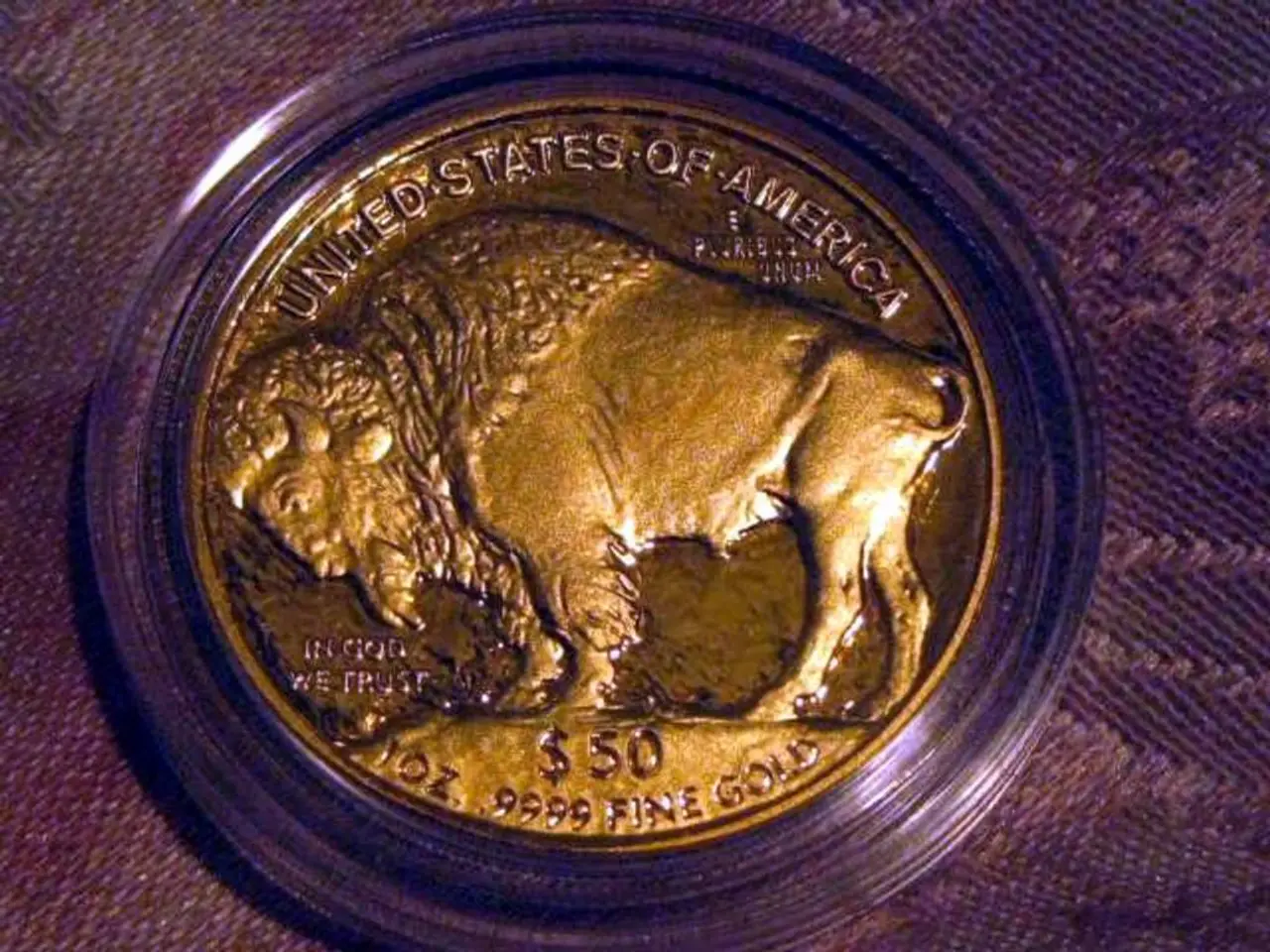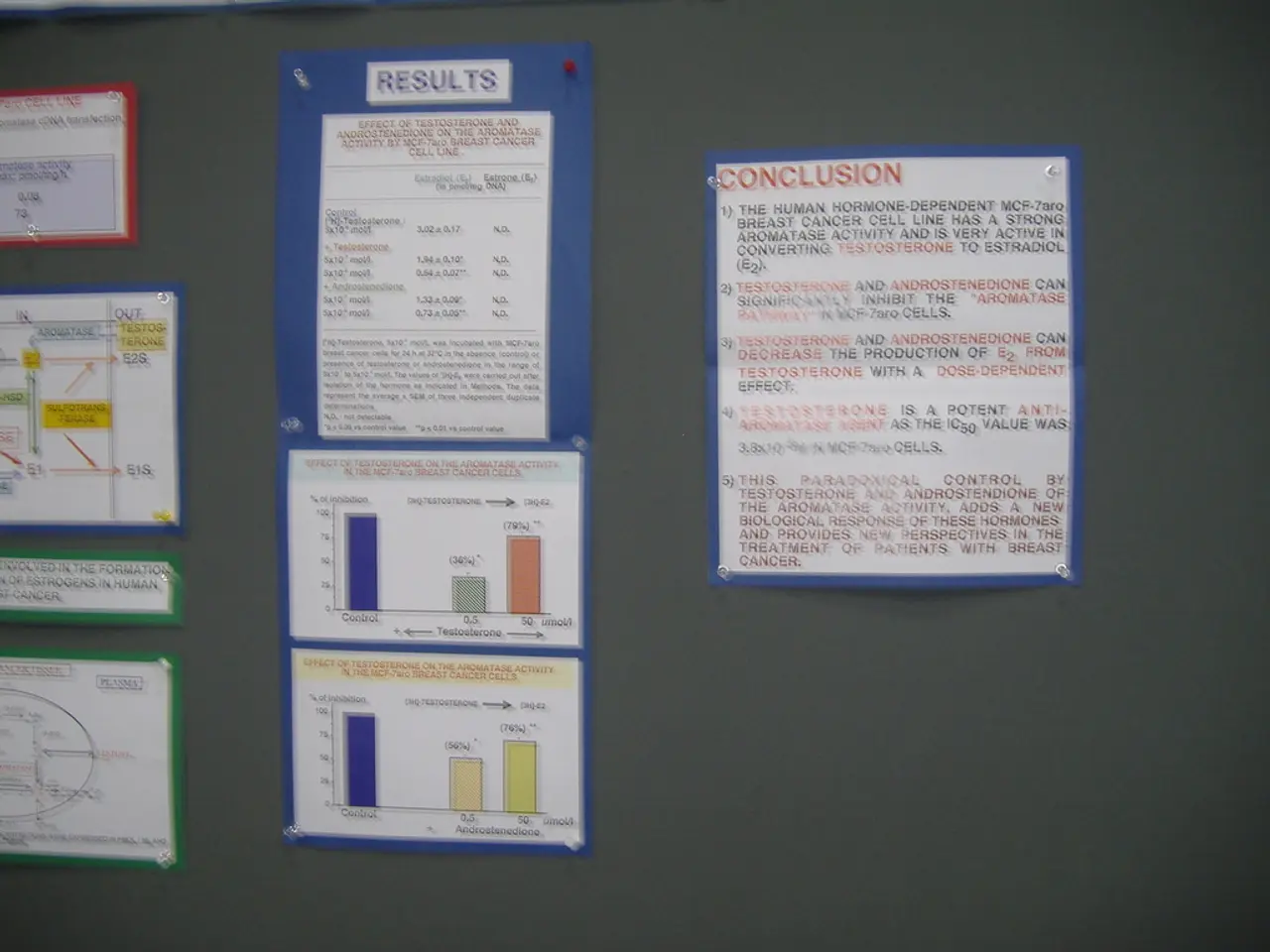Currency Options Market Rates Forecasted to Decrease due to potential depreciation of the US Dollar (dollar devaluation expected, causing currency options market rates to drop according to Reuters)
The foreign exchange market is bracing for a potential weakening of the U.S. currency, with concerns about the U.S. economy and tensions in trade relations with other countries causing a spike in demand for put options on the U.S. dollar.
Call options, which give the right to buy an asset at a set price within a given period, are not in high demand in this context. Instead, investors are betting on a further decline in the dollar's value by purchasing put options—contracts that gain value if the dollar weakens.
Recent months have seen a significant depreciation of the U.S. dollar, with a fall of about 9% against the euro and the yen. This decline is the dollar's weakest first-half performance since 1980, according to data from July 2025. The slowing U.S. economic growth, disappointing labor market data, risks from tariff policies, and political interference are the key underlying concerns driving this trend.
The U.S. economy showed signs of slowing in July 2025, with the nonfarm payrolls missing expectations and downward revisions to previous months’ job gains, suggesting weaker labor market momentum and rising unemployment (4.2% in July vs. 4.1% in June). These factors have contributed to the dollar's significant depreciation.
Investors are using put options to hedge against or speculate on further downside. This heightened risk aversion also stems from political issues, including the firing of the Bureau of Labor Statistics commissioner, which adds uncertainty regarding data credibility and economic policy stability.
Currency markets have seen shifts reflecting this unease, with traders adjusting positions in response to anticipated central bank moves and inflation dynamics. In May, the share of put options was around 59% of the volume of currency options trading, and this demand has continued to grow.
According to data from the Chicago Mercantile Exchange, put options in U.S. dollars have seen increased investor demand. Especially high demand for U.S. dollar put options was seen in the pair with the Japanese yen and the Australian dollar, where the share was over 65%.
The market for currency options still reflects gloomy prospects for the dollar. Investor confidence in the U.S. economy's growth rate has waned in recent months. However, it's important to note that currency options prices overall still indicate the risk of a more moderate decline in the dollar rather than a sharp drop seen since the beginning of 2025.
Despite these concerns, it's worth remembering that the U.S. dollar offers higher interest rates than currencies of other developed countries and has a significant advantage as the primary reserve currency of global central banks. Nevertheless, the potential for further dollar weakness remains a significant factor in the foreign exchange market.
References:
- Bloomberg
- CNBC
- The Wall Street Journal
- Reuters
Business analysts are closely monitoring the foreign exchange market for potential weakening of the U.S. currency, fueled by economic concerns and trade tensions. In light of this, finance experts are increasingly turning to investing in put options, a type of financial contract that gains value as the dollar weakens, as a hedge against or speculation on further downside. The heightened risk aversion is also influenced by political issues, such as the questionable data credibility and policy stability, which have weakened investor confidence in the U.S. economy's growth rate.




